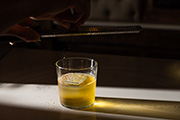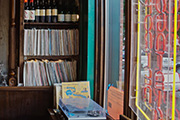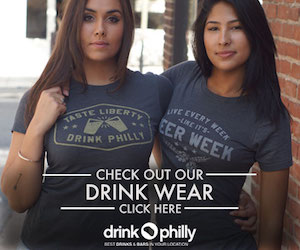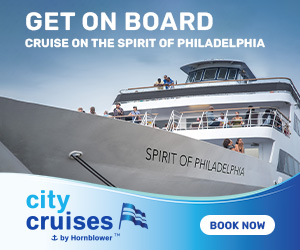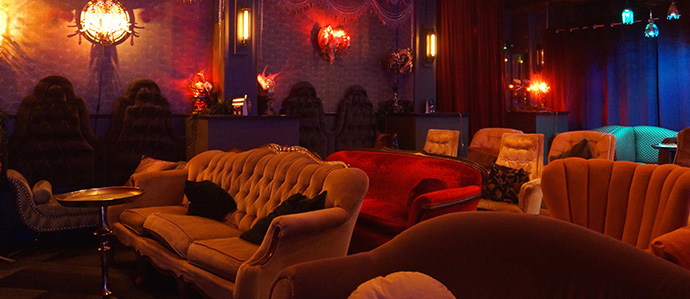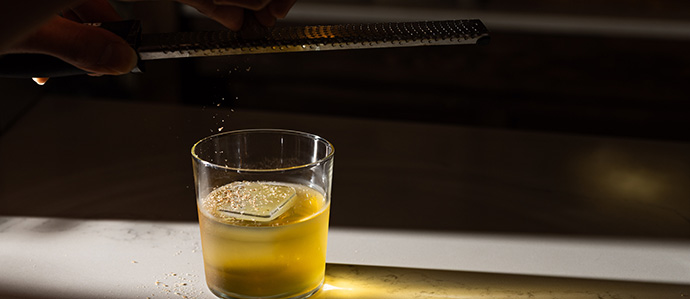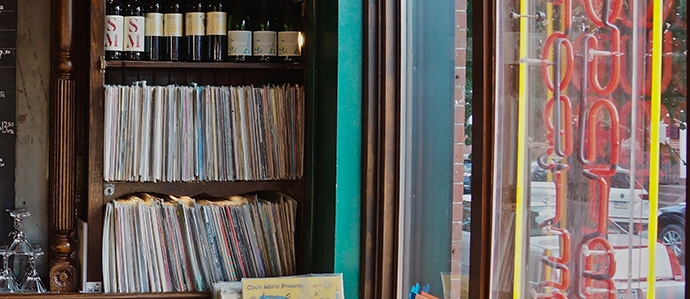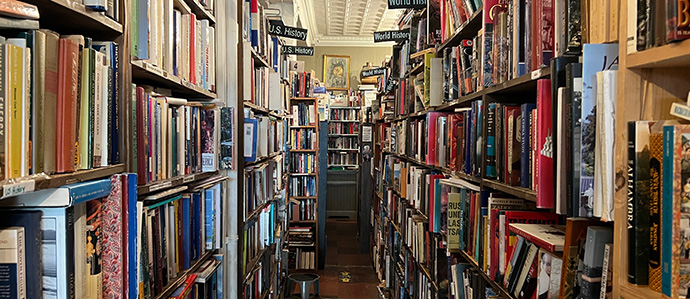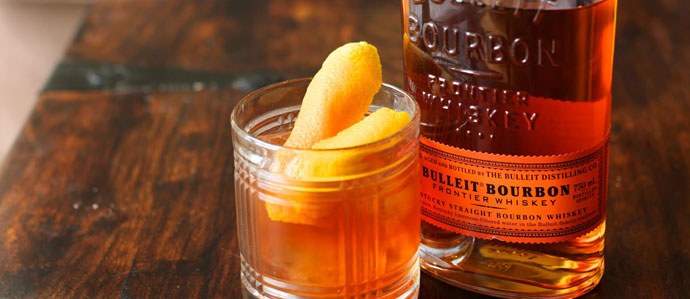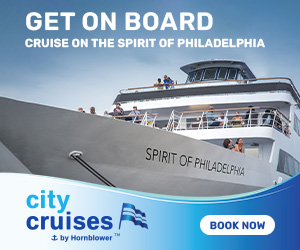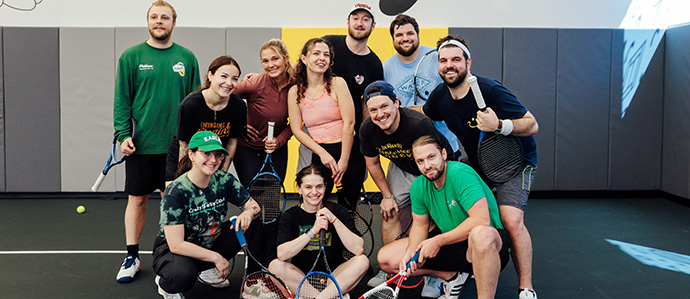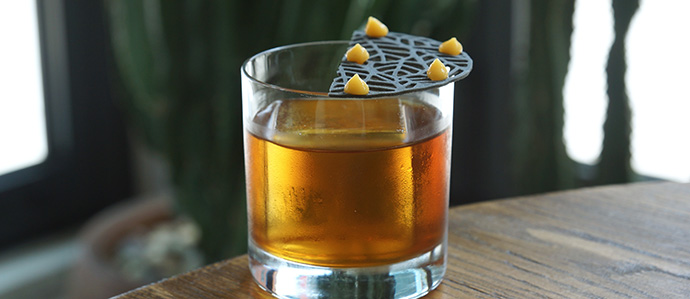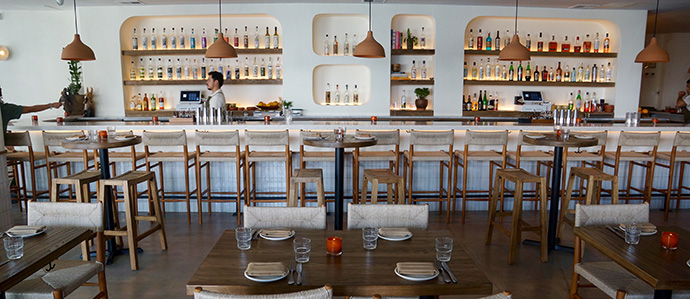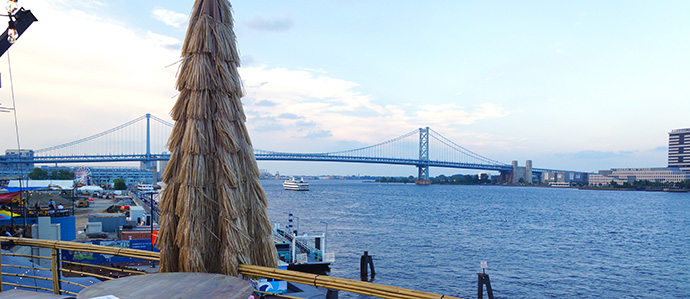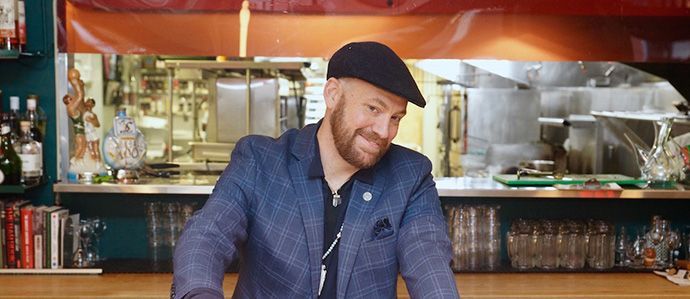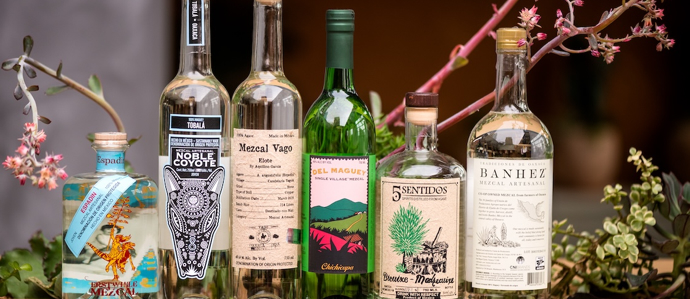2025 Is a Breakout Year for Philadelphia's Bar Scene - Here's Why
.jpg)
Agave Vesper at My Loup: 32 siembra azul highlands tequila, vago elote, cocchi, banana - photo by Drink Philly
It’s an exciting time to drink in Philadelphia.
The scene features pop-ups and collaborations with top national sommeliers and bartenders, no-fuss all-fun beer and wine lists, and a rise in niche concepts like alcohol-free bars.
Philadelphia's thriving beverage industry is being lauded with several accolades: Friday Saturday Sunday’s The Lovers Bar earned their first “Outstanding Bar” James Beard Awards nomination, Middle Child Clubhouse's bar program made the 2025 50 Best Discovery list, local Puerto Rican bartender Tony Jimenez earned PunchDrink.com's Best New Bartender of 2024 title, and three Philly bartenders are in the World Class U.S. Top 100 Bartenders for 2025.
Below, we dive into who and what is making our local bar scene thrive: From dynamic menus and concepts, community-first educational programs, to techniques that go beyond trends. Plus, we look ahead to how Philadelphia's bar scene can evolve.
On Menu Design & Pricing
.jpg)
Jillian Moore, My Loup - photo by Drink Philly
Jillian Moore, bar director at My Loup says it’s important to design a “360 value” menu that offers something for everybody. My Loup’s seasonal “Featured” drinks show a bit of technique and kitchen influence, “Classics” hold true to traditional specs, and spirit-free beverages are just as thoughtful as their wine list. The menu gets flipped about four times a year and most drinks are less than $20 except for their $27 Swampwater Milk Punch (featuring three ounces of green chartreuse) and $32 Agave Vesper.
“You're supporting locally owned, family-owned businesses that provide sustainability for both the environment and for their workers, and it's good juice at the end of the day,” Moore says of the Siembra Spirits-made vesper martini.
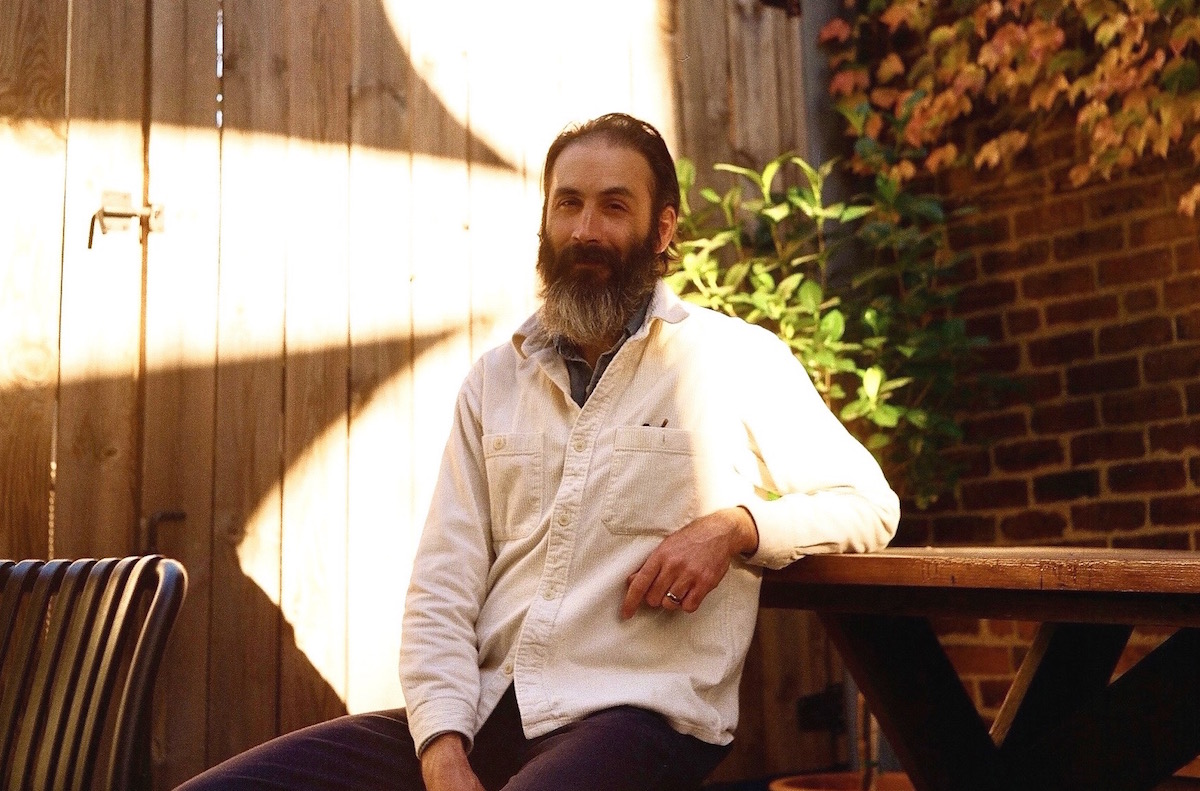
Colin McFadden, Meetinghouse - photo by Anthony Ali
Meetinghouse’s Colin McFadden believes in “tight programming” as in doing a little but doing it well. There are three house beers on draft; one red, white, and sparkling wine by the glass (plus a mystery wine); Orval in a bottle (a continuation of Memphis Taproom’s offerings); Guinness, which Yes, is outselling every other beer on their menu, plus a few cocktails.
“Our goal was always to be a repeatable spot that folks in the neighborhood could go to without being prohibitively expensive,” says McFadden, whose mission is to fulfill a niche in Kensington.
Meetinghouse’s refined menu doesn’t name typical beer styles. The Pale Beer isn’t a Pale Ale, it’s more of a Lager; while the Hoppy Beer is actually closer to a Pale Ale in terms of flavor profile. He doesn’t overcorrect or educate guests, beer doesn’t warrant a high level of knowledge from drinkers to be enjoyed, he says.
“I'm proud of the bar, I'm proud of the staff, I'm proud of the regulars. I don't really care whether you get a Negroni or whether you get a hoppy beer,” says McFadden.
On Trends & Themes
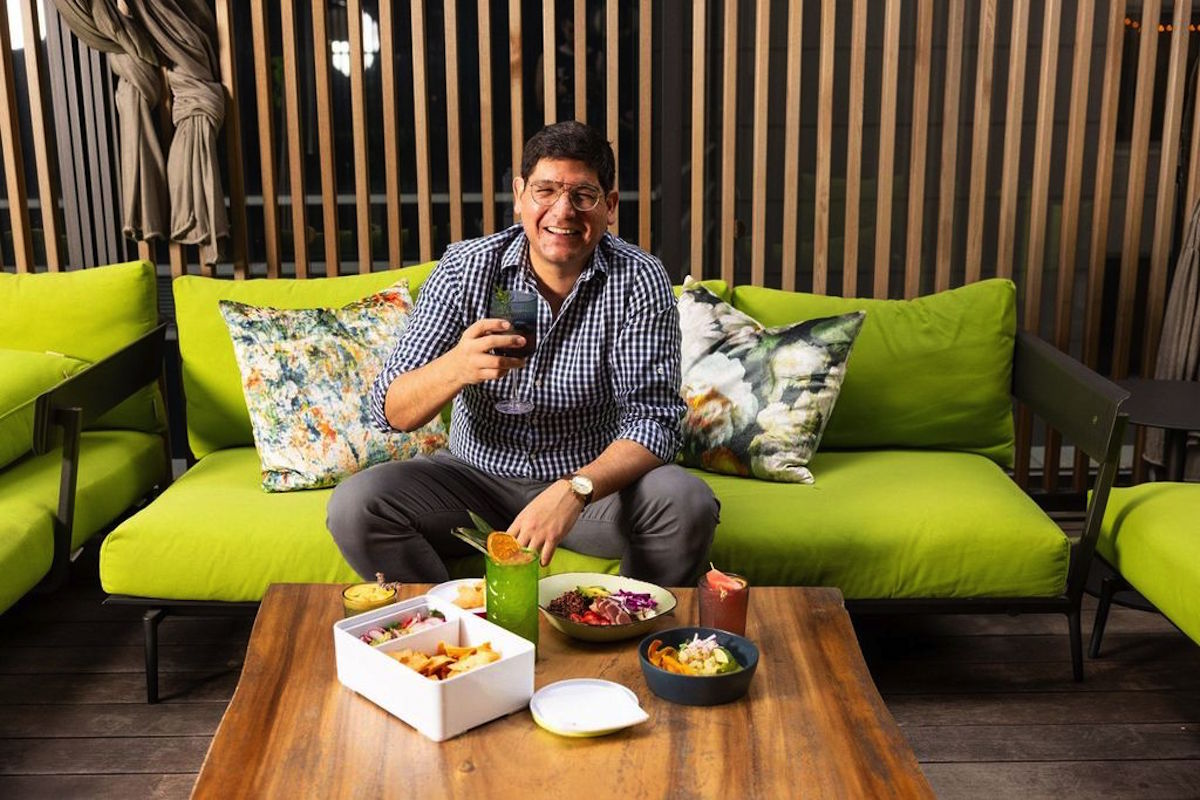
Isai Xolalpa, W Philadelphia - photo by W Philadelphia
The W Philadelphia hotel beverage director pushes his team to provide thoughtful, creative specialty cocktails. Just about every classic cocktail has an N/A version available so guests can “have the full experience.” Social Hour includes a zero proof Daiquiri, Aviation, French 75, Espresso Martini, Margarita, and the Faloma with super lime, cumquat, and grapefruit juices, Dhōs non-alcoholic tequila, and simple syrup. He’s also a big fan of housemade “super juices” to enhance flavors and extend products’ shelf life, spicy flavor profiles for bite, and vegan “super foams” to mimic textured sours.
Brandon Thrash, Middle Child Clubhouse - photo by Casey Robinson
“I’ve always referred to Clubhouse as a secret low alcohol program,” says Brandon Thrash, beverage director at Middle Child Clubhouse. Thrash cites year-to-date sales (as of February 2025) for their N/A beverage category is up 110% from 2024 numbers; N/A sales doubled while every other category stayed. Clubhouse cocktails are derived from traditional ratios (2 ounces spirit to 3/4 ounce citrus and 3/4 ounce sugar for sours, 3:2:1 ounces for spritzes) that are adapted to low- and non-alcoholic versions. A guest-first approach helps: casual, food-friendly and technique-centered cocktails call for heavy back-end prep but quick execution. He hopes to see a cohesive menu in the future without N/A distinctions, instead each drink listed by alcohol percentage.
On Community & Talent Support
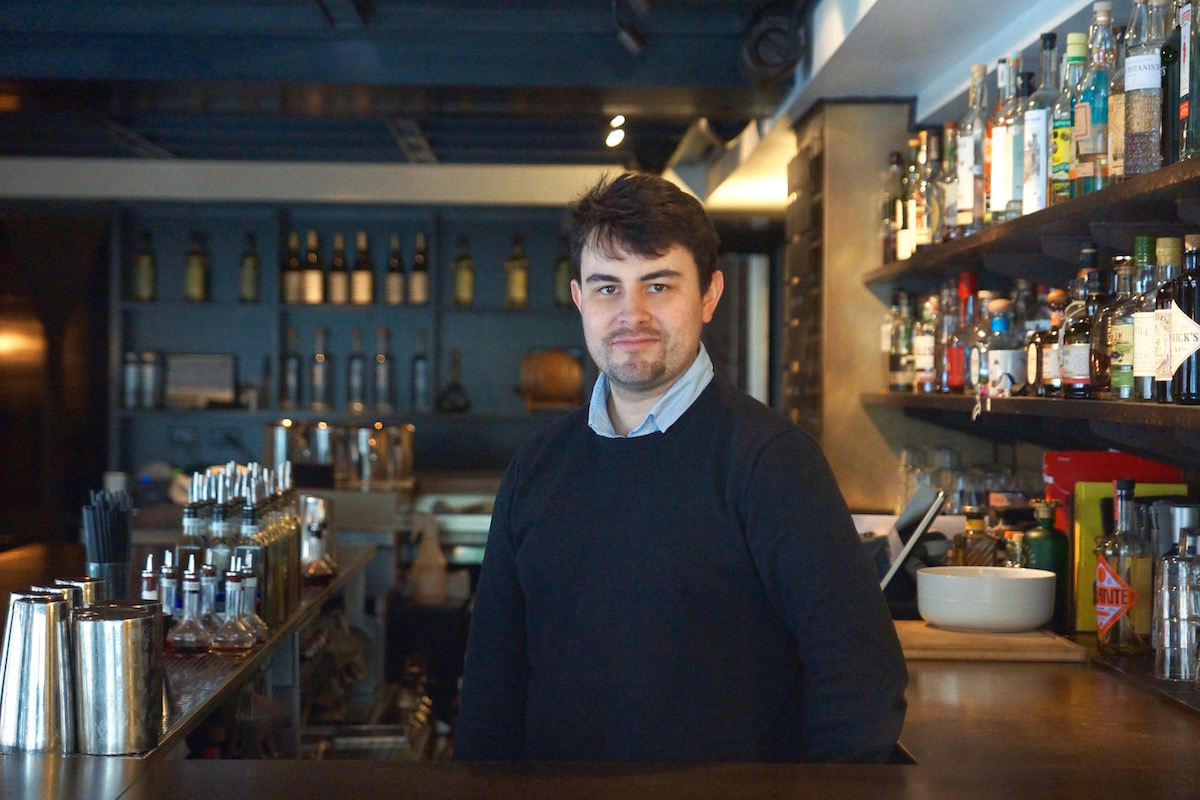
Harry Jamison, a.kitchen & bar - photo by Drink Philly
a.bar’s “Down The Rabbit Hole” limited edition menu began as a fun “bartender school.” One-week-only monthly themed cocktails are created by two rotating bartenders with four drinks that explore riffs on cocktail builds, flavor profiles (bitters or sours), categories (including culinary), or techniques (milk punches) with pop culture or nostalgic references (“Spritz and the City”).
“You want to push yourself to do something new, otherwise you get stuck in this rut,” says general manager Harry Jamison. The challenge is achieving the best version of a drink idea, especially the end flavor profile. Last year, his team released 44 new drinks, each bartender having participated in multiple menu designs, and owning at least one signature drink.
It’s a rewarding team effort. Some DTRH drinks sell out quickly, others become guest favorites or contenders for a menu addition, and all recipes are saved, so there’s an archive for bartenders to dig through for future use.
“The really cool thing about it is that all the drinks benefited so much from the collaborative aspect of it,” notes Jamison. “When someone else tastes [the drink] halfway through [R&D] and they have ideas that help you out, the end product is so much better.”
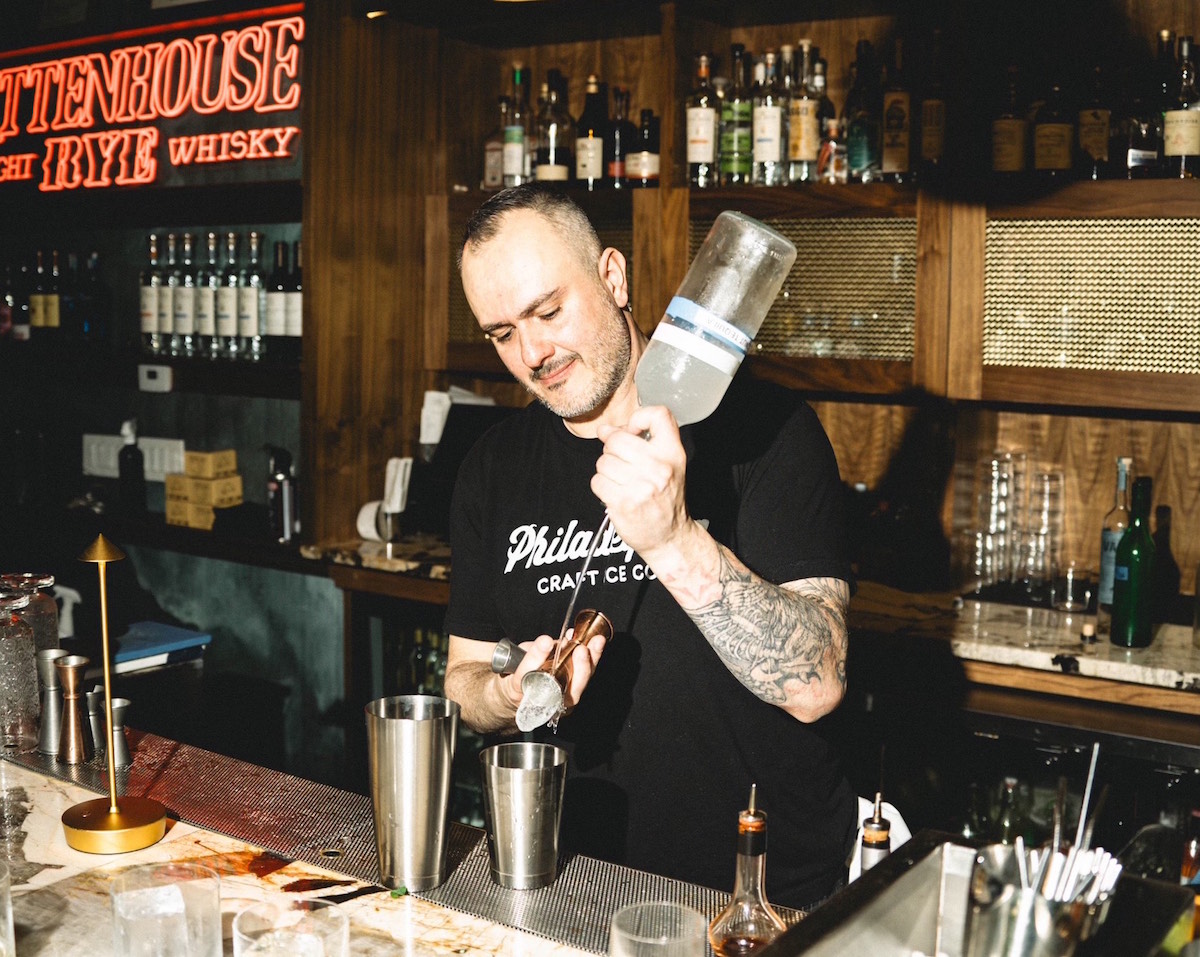
Nico Diaz, The Franklin Mortgage & Investment Co. - photo by Gerard's Photography
Nico Diaz has led Philly’s “Home & Away” guest bartender series since 2021 at the Ranstead Room and The Franklin Mortgage & Investment Company, partnering with bartenders and brands he admires from around North America. His teams exchange techniques and ideas, creating collaborative, one-night-only menus with visiting bar teams like Mexico City’s Rayo, New York City’s Bar Belly and Leyenda, D.C.’s Service Bar and Press Club, Pittsburgh’s Hidden Harbor, and more. In his experience, a well-planned Monday pop-up can bring in similar guest attendance and revenue to a typical weekend night.
“While doing fun, thoughtful collaborations, we export Philly’s approach to cocktails and hospitality,” says Diaz, who wants to keep dedicated and inquisitive talent engaged.
Noah Sokoloff, Philadelphia Craft Ice Co. - photo by Drink Philly
Knowledge sharing and mentorship allows for bigger opportunities where bartenders can perform their trade at the highest levels, he adds. He’s coordinated free workshops and masterclasses to build back up a community of skilled workers and educators. The History & Evolution of the Daisy Cocktail (a sweet-and-sour cocktail) was a three-hour deep-dive into the category. A bus trip to Philadelphia Craft Ice Co. in Ambler provided hands-on equipment training for almost 30 bartenders. And one summer afternoon saw a packed Pisco masterclass hosted by Glendon Hartley of Destilería La Caravedo. Diaz notices better attendance numbers when respected peers are at the helm.
“Their successes are also your wins,” says Diaz. “If you’re open to it, learning can be super fluid within our industry.”

White Negroni at a.bar: gin, blanc vermouth, tempus fugit kina l’aero d’or, verjus, orange bitters - photo by Drink Philly
On What Comes Next
“Let go of the ‘bar takeover’ model that permeated the 2010s and instead lean into the collaborative nature and potential learning opportunities,” says Jamison.
Diaz agrees. “Make workshops and classes free and accessible to all bartenders in the city. It worked for us,” offers Diaz.
Moore hopes to see more niche specialization, where bartenders focus on their unique skills and create distinctive experiences.
“More people finding the thing that they want to do and going for it,” says Moore, who’s a big fan of Japanese-influenced cocktail bar Almanac led by Danny Childs of Slow Drinks fame and Rob Scott.
Thrash wants to see bartenders go to other cities and bring their learnings back home.
“There has to be an aspect of taking things that other people are doing nationally and worldwide and applying them to the culture that fits here in the best way possible” says Thrash. “You can't learn and you can't grow if you're insular.”
Xolalpa is thrilled to see Philadelphia gaining recognition within the cocktail industry.
“Three years ago, I never heard about Philly for cocktails. Now Philly is making noise and finding its way in with unique storytelling and characteristics, so that means that we are in the right direction.”







